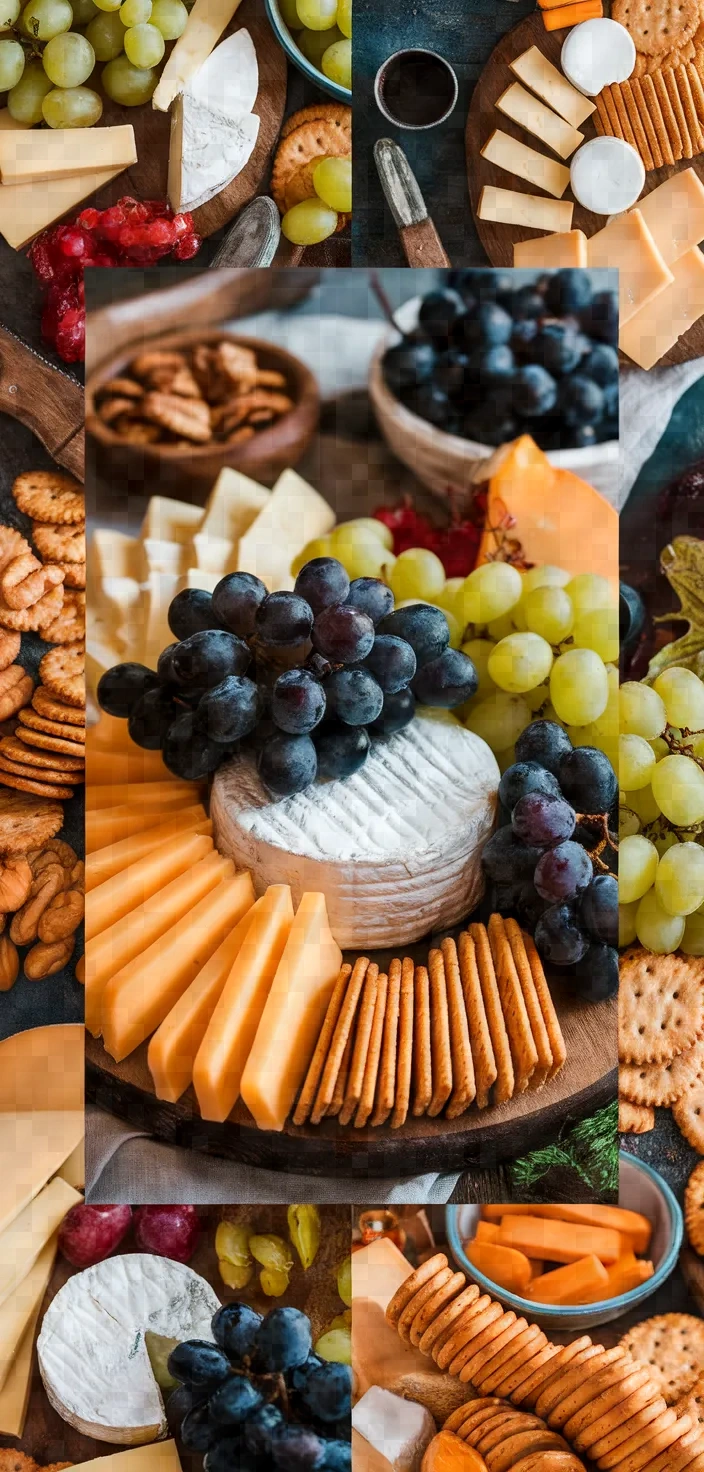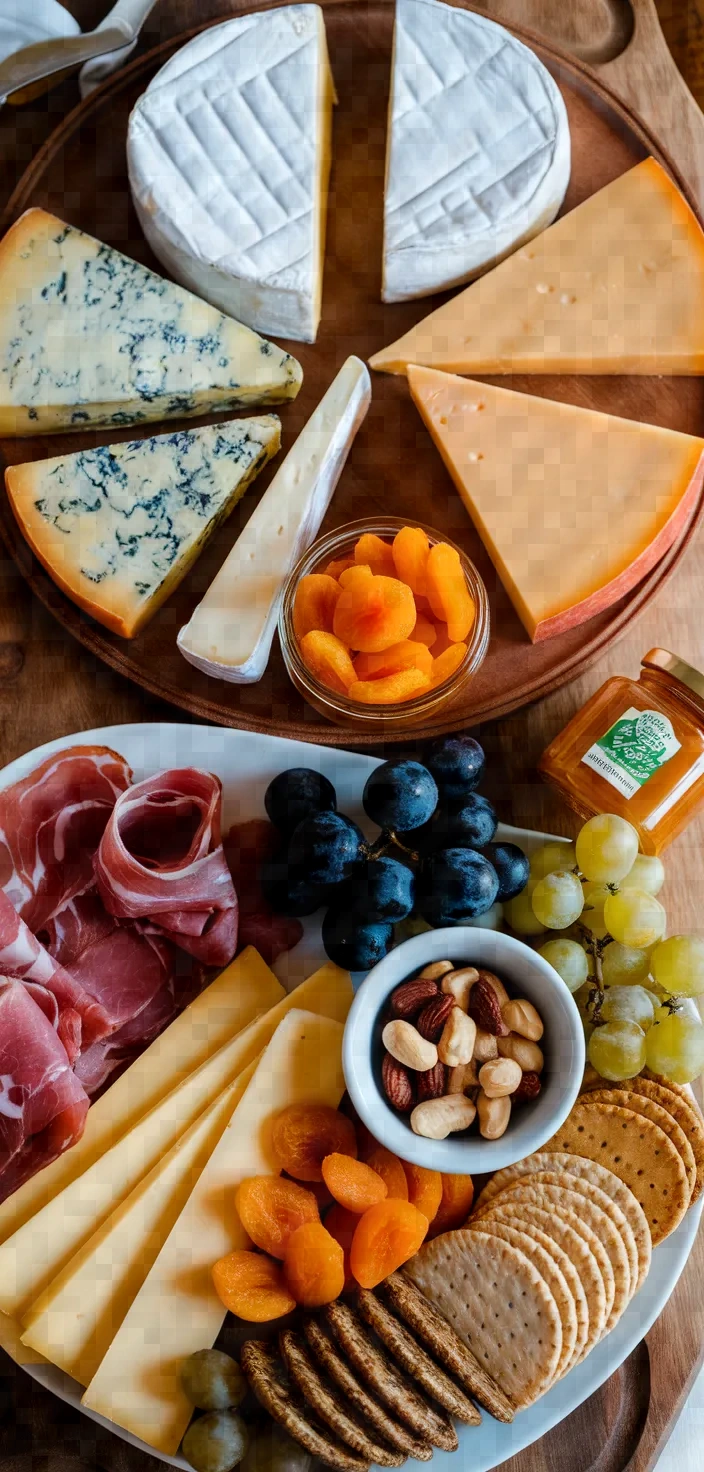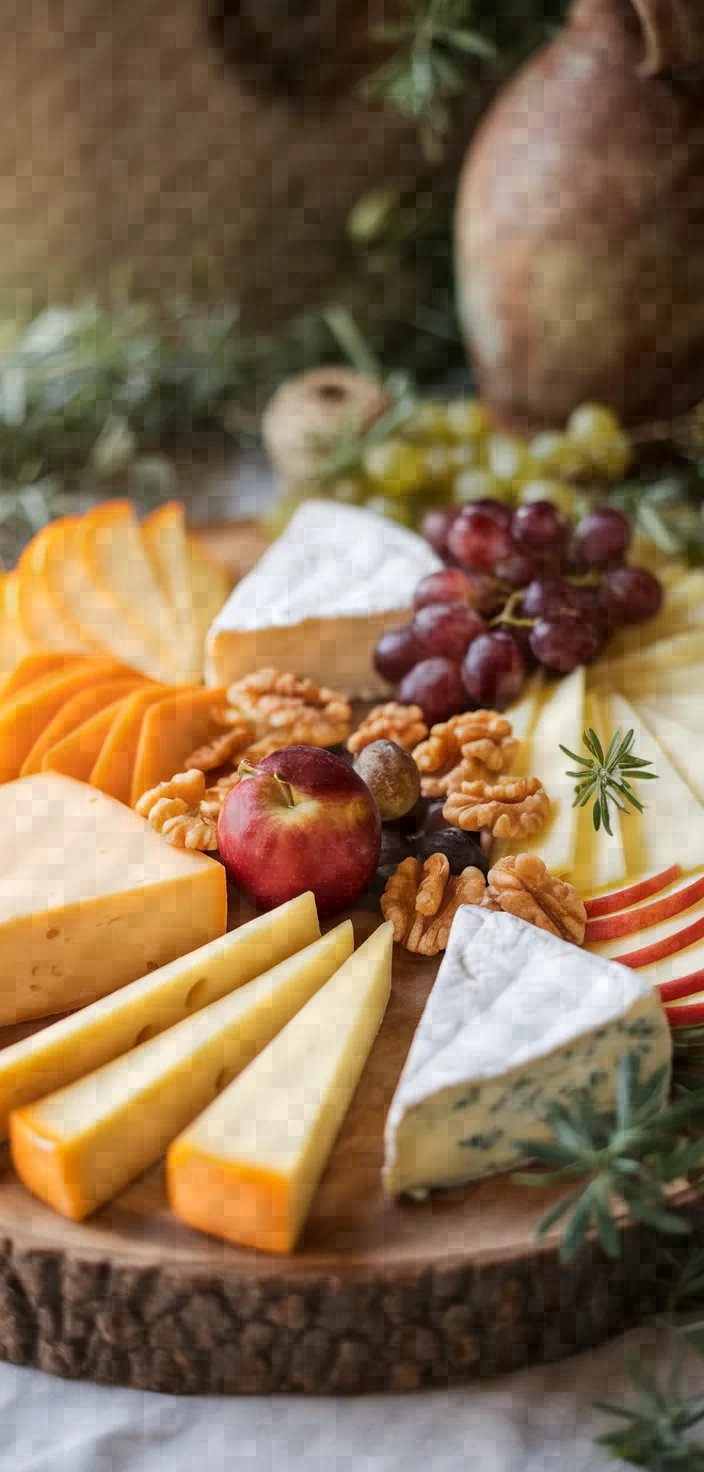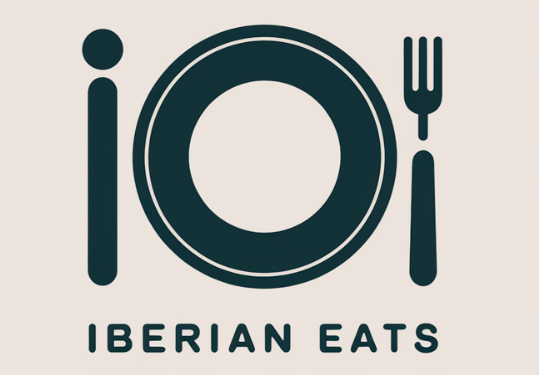Crafting the ultimate cheese platter is like hosting a mini culinary adventure, where each bite offers a journey of flavors—come join me as I transform this ordinary board into a delectable masterpiece of rich cheeses, savory meats, and sweet accompaniments!

Making a perfect cheese platter is truly an art. I love the combination of creamy Brie, tangy Blue cheese, and robust, aged Cheddar with the subtle flavors of Manchego and Gouda.
Adding artisanal sliced prosciutto and salami creates a really nice balance. Fresh grapes and dried apricots take the platter up a notch by adding sweetness.
The crunch from mixed nuts is a perfect complement. And believe me: A little drizzle of honey over the cheese elevates the entire experience.
Cheese Platter Recipe Ingredients

- Brie Cheese: Creamy and buttery, rich in protein and fat.
- Blue Cheese: Bold and tangy, offers calcium and probiotics.
- Aged Cheddar: Sharp flavor, packed with protein and vitamins.
- Goat Cheese: Tangy and creamy, easier to digest, high in calcium.
- Gouda: Mild and nutty, provides calcium and vitamin K.
- Manchego: Nutty and sweet, sheep’s milk cheese rich in protein.
- Prosciutto: Salt-cured, adds a savory depth, rich in protein.
- Salami: Cured meat, provides protein and a spicy kick.
Cheese Platter Recipe Ingredient Quantities
- 200g Brie cheese
- 200g Blue cheese
- 200g Aged cheddar
- 150g Goat cheese
- 150g Gouda
- 150g Manchego
- 100g Prosciutto
- 100g Salami
- Assorted crackers (as needed)
- Fresh grapes (1 small bunch)
- Handful of dried apricots
- Handful of mixed nuts
- 1 jar of honey for drizzling
- Fresh figs or berries (optional)
- Small bowl of olives (optional)
How to Make this Cheese Platter Recipe
1. Start by positioning the cheeses on an expansive serving board or large platter. Cut the Brie into wedges; slice the blue cheese and cheddar into chunky pieces; use your hands to crumble the goat cheese. Slice the Gouda and Manchego into thin pieces.
2. Create pleasing presentations with the prosciutto and salami. For prosciutto, make piles that look like ribbons; for salami, roll or fold the slices and then do the same with them. Place the prosciutto and salami near the cheeses.
3. Place various types of crackers around the cheeses and meats. This is very important: Don’t use just one type of cracker. Crackers have a lot of potential, and their flavors and textures can complement and contrast with your cheeses and meats in a lot of different ways.
4. Place the fresh grapes in little clusters around the platter so that they add some color and sweetness to each bite.
5. Place the cheeses at random, is what I mean to say. Dried apricots, cut in half, look beautiful against the cheeses and add a nice amount of chewy texture contrast. You could use figs instead, or in addition to, the apricots.
6. Arrange an assortment of mixed nuts on the platter so that they are visible and give the appearance of being scattered. Aim for a natural look, placing some nuts on top of the other ingredients and some underneath. This will also help some of the more delicate components stay put on the serving platter.
7. Put the honey into a small serving dish and set it on the platter. Let your guests drizzle as much or as little as they like on their cheese selections.
8. Slicing fresh figs or adding a few berries to the platter will provide a fresh, fruity kick.
9. If you like, add a small bowl of olives on the side or nestled among the meats for a nice salty boost.
10. Serve the cheese platter at room temperature for optimal flavor and enjoyment. Everything should be arranged to your liking.
Cheese Platter Recipe Equipment Needed
1. Expansive serving board or large platter
2. Cheese knife or knives
3. Small serving dish for honey
4. Small bowl for olives (optional)
5. Cutting board
6. Utility or chef’s knife for slicing cheese and fruits
FAQ
- How do I arrange the cheese on the platter?Begin by setting the larger cheese wedges and pieces spaced apart on the platter. Then use the smaller items, such as nuts, dried apricots, and grapes, to fill the spaces you created with the larger items. Next, use the meats to fill in any remaining spaces that haven’t already been filled by the smaller items. Create ribbons or rolls with the meats, and use those to fill in around the cheeses. Once you’ve done that, check the whole platter to see if any spots are missing color or texture.
- Should I let the cheese come to room temperature before serving?Indeed, the ideal way to serve cheese is to take it out of the refrigerator and let it rest for about 30 minutes before serving—this is nearly as important for the cheese’s textures and flavors as any cutting or plating technique.
- Can I make substitutions for specific cheeses?Certainly. If you favor other kinds of cheese, don’t hesitate to use substitutes that align with your taste preferences and the availability of products.
- What are some good wine pairings for this cheese platter?If you’re serving Brie or goat cheese, consider a light Chardonnay or Sauvignon Blanc. If aged cheddar or Gouda is on your cheese board, pour some Cabernet Sauvignon. Manchego and blue cheese might be more your style; neither is easy to pair, but both are complemented by a wine with the heft of a bold red, like a Rioja or Zinfindel.
- How do I store leftovers?Any remaining cheese should be tightly wrapped in wax or parchment paper and stored in the fridge. Meats can go in an airtight container, while crackers should be kept in a bag or container that’s been sealed to maintain their crunch.
- Are there any other fruits or accompaniments I can include?You can also include seasonal fruits, such as sliced pears and apples, or add extra items for variety, like fruit preserves or chutneys.
Cheese Platter Recipe Substitutions and Variations
Brie cheese can be replaced with Camembert cheese.
Gorgonzola can be used in place of blue cheese.
You can use Gruyère cheese instead of aged cheddar.
Feta cheese can be used as a substitute for goat cheese.
Edam cheese can be used in place of Gouda.
Pro Tips
– Balance the Flavors: Choose a variety of crackers with different textures—some crunchy, some crumbly—to enhance the unique flavors of each cheese. You can try multigrain, water crackers, or even herb-flavored varieties to add interest.
– Temperature Matters: Let the cheeses sit out at room temperature for at least 30 minutes before serving. This helps enhance their flavors and makes them easier to slice and enjoy.
– Artful Arrangement: When placing the cheeses and accompaniments, use contrasting colors and textures to create visual appeal. For instance, place lighter cheeses next to darker charcuterie or colorful fruits for a more vibrant presentation.
– Honey Pairing Tips: Consider adding a small spoon to the honey dish to allow guests to drizzle it easily. Honey pairs exceptionally well with blue cheese and goat cheese, providing a sweet contrast to their bold flavors.
– Customize the Nuts: Lightly toast the mixed nuts in a dry skillet to intensify their flavors. You can also sprinkle a bit of sea salt or honey on them for added flavor, enhancing their natural nuttiness and complementing the cheeses.

Cheese Platter Recipe
My favorite Cheese Platter Recipe
Equipment Needed:
1. Expansive serving board or large platter
2. Cheese knife or knives
3. Small serving dish for honey
4. Small bowl for olives (optional)
5. Cutting board
6. Utility or chef’s knife for slicing cheese and fruits
Ingredients:
- 200g Brie cheese
- 200g Blue cheese
- 200g Aged cheddar
- 150g Goat cheese
- 150g Gouda
- 150g Manchego
- 100g Prosciutto
- 100g Salami
- Assorted crackers (as needed)
- Fresh grapes (1 small bunch)
- Handful of dried apricots
- Handful of mixed nuts
- 1 jar of honey for drizzling
- Fresh figs or berries (optional)
- Small bowl of olives (optional)
Instructions:
1. Start by positioning the cheeses on an expansive serving board or large platter. Cut the Brie into wedges; slice the blue cheese and cheddar into chunky pieces; use your hands to crumble the goat cheese. Slice the Gouda and Manchego into thin pieces.
2. Create pleasing presentations with the prosciutto and salami. For prosciutto, make piles that look like ribbons; for salami, roll or fold the slices and then do the same with them. Place the prosciutto and salami near the cheeses.
3. Place various types of crackers around the cheeses and meats. This is very important: Don’t use just one type of cracker. Crackers have a lot of potential, and their flavors and textures can complement and contrast with your cheeses and meats in a lot of different ways.
4. Place the fresh grapes in little clusters around the platter so that they add some color and sweetness to each bite.
5. Place the cheeses at random, is what I mean to say. Dried apricots, cut in half, look beautiful against the cheeses and add a nice amount of chewy texture contrast. You could use figs instead, or in addition to, the apricots.
6. Arrange an assortment of mixed nuts on the platter so that they are visible and give the appearance of being scattered. Aim for a natural look, placing some nuts on top of the other ingredients and some underneath. This will also help some of the more delicate components stay put on the serving platter.
7. Put the honey into a small serving dish and set it on the platter. Let your guests drizzle as much or as little as they like on their cheese selections.
8. Slicing fresh figs or adding a few berries to the platter will provide a fresh, fruity kick.
9. If you like, add a small bowl of olives on the side or nestled among the meats for a nice salty boost.
10. Serve the cheese platter at room temperature for optimal flavor and enjoyment. Everything should be arranged to your liking.
